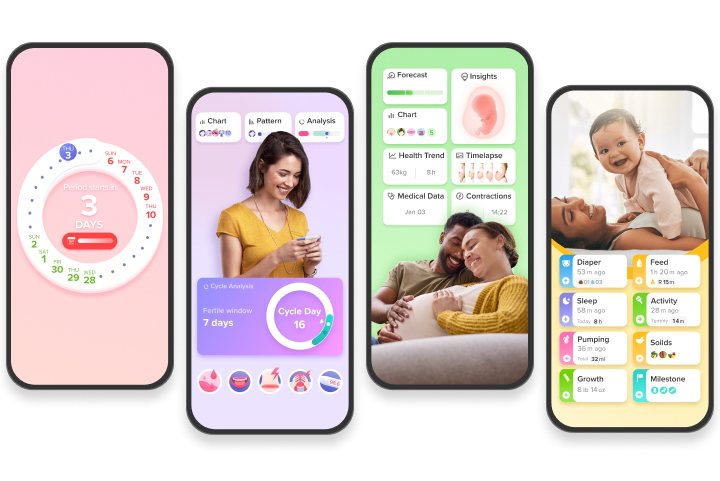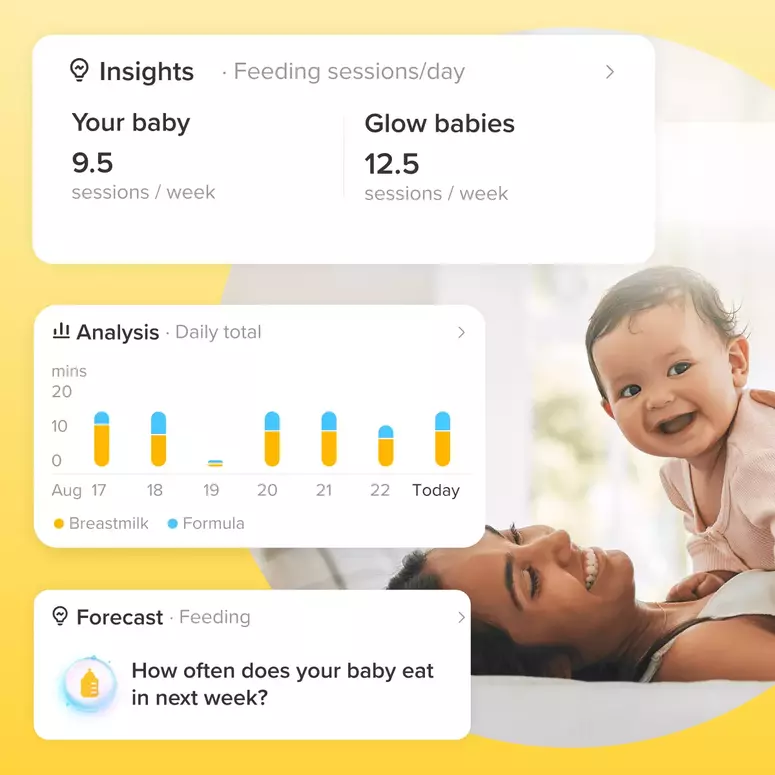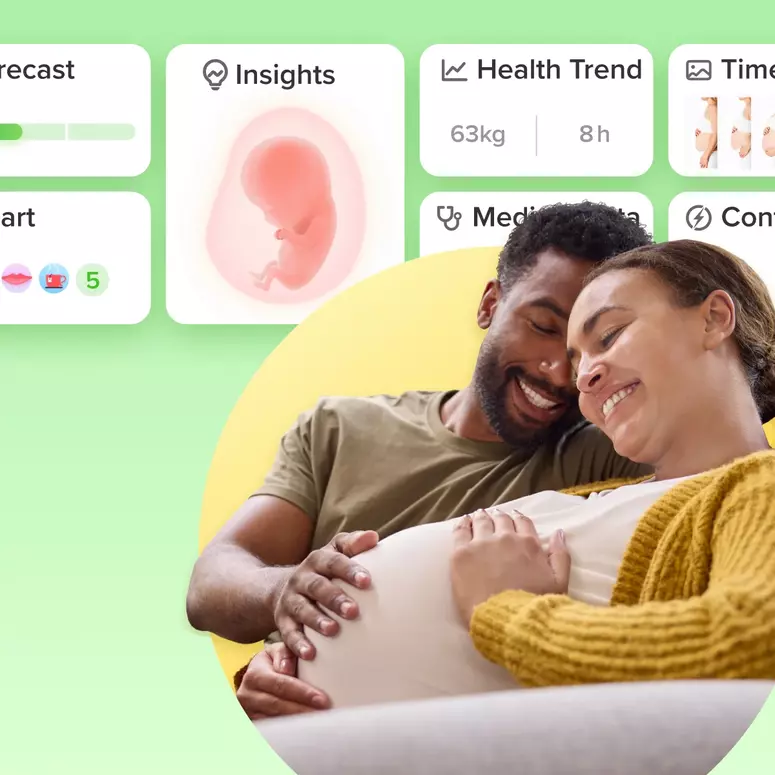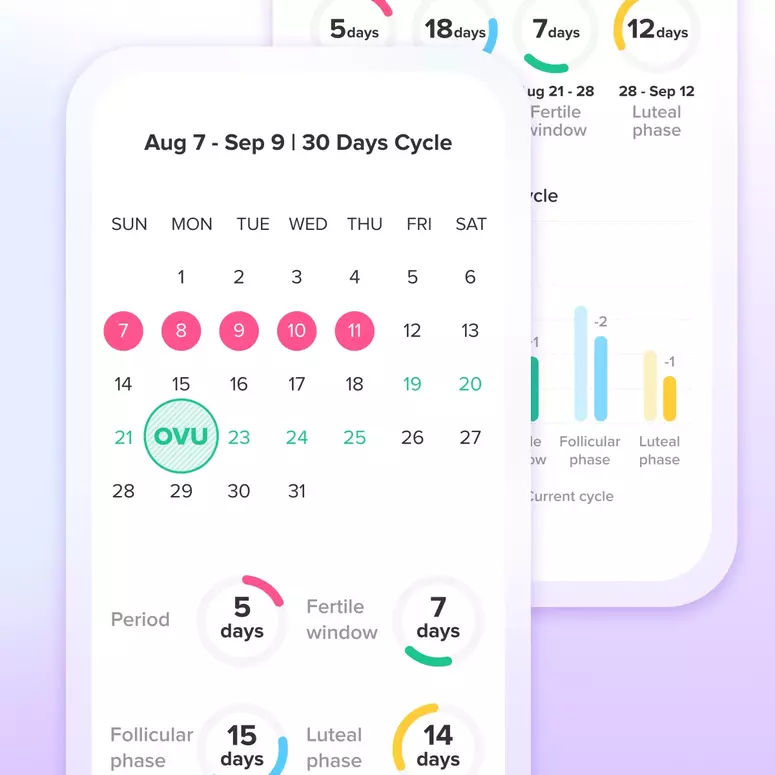The first year of a baby’s life is a period of incredible growth and development. During this time, babies go from being entirely dependent on caregivers to becoming curious explorers of their environment. One of the most effective ways to support a baby’s development at the age of 1 year is through play. Play isn’t just about fun; it’s a powerful tool for learning and cognitive growth. In this article, we’ll delve into the importance of play in a 1-year-old’s life and explore various play-based activities that foster their cognitive, physical, and emotional development.
The Science of Play and Learning
Research consistently shows that play is a crucial component of early childhood development. According to the American Academy of Pediatrics, play allows children to develop essential cognitive, emotional, and physical skills. At 1 year old, babies are transitioning from being passive observers to active participants in their exploration of the world around them. Play provides them with the opportunity to make sense of their surroundings, develop their creativity, and enhance their problem-solving abilities.
Types of Play for 1-Year-Olds
- Sensory Play: Babies at this age are keen on exploring the sensory aspects of objects. Activities such as playing with textured toys, squishing finger paints, or splashing water during bath time engage their senses and stimulate brain development. Sensory play aids in building neural connections that contribute to cognitive growth.
- Interactive Play: One-year-olds are also starting to understand basic cause-and-effect relationships. Interactive play, such as stacking blocks and knocking them down or pressing buttons on musical toys, helps them grasp concepts like “if I do this, that happens.” This type of play nurtures their problem-solving skills.
- Imaginative Play: While imaginative play becomes more prominent in later years, introducing elements of pretend play at 1 year old is beneficial. Give them a toy phone or a doll, and watch as they engage in simple role-playing, imitating what they see in their environment.
Play Activities for 1-Year-Olds
- Peek-a-Boo: This classic game isn’t just about giggles; it helps babies understand object permanence—the idea that things exist even when they’re out of sight. This is a fundamental cognitive milestone.
- Stacking and Sorting: Provide soft blocks or cups that your baby can stack and knock down. This encourages them to understand spatial relationships, sizes, and how things fit together.
- Exploring Textures: Set up a texture station with items of various textures like fabric, soft toys, and textured balls. Let your baby touch, feel, and explore these objects. This aids in sensory development.
- Reading Together: Reading simple board books with colorful pictures can enhance language development and create a bonding experience between you and your baby.
Parental Engagement and Play
Perhaps the most significant factor in a 1-year-old’s learning through play is your involvement. Babies thrive on interaction and engagement with their caregivers. When you play with your baby, you’re not just providing entertainment; you’re fostering emotional connections and laying the foundation for healthy social and emotional development.
In a study published in the Journal of Applied Developmental Psychology, researchers found that babies whose parents engaged in joint play activities had better attention spans and problem-solving skills. When you play peek-a-boo, imitate their babbling, or simply get down on the floor and explore together, you’re facilitating their cognitive growth and building a strong parent-child relationship.
Incorporating Play into Daily Routine
The beauty of play-based learning is that it can seamlessly integrate into your daily routine. Bath time can become an opportunity for sensory play with water and foam letters. Mealtime can involve stacking and arranging food items. Even a walk in the park can turn into a lesson in observing nature’s textures and sounds.
Conclusion
At 1 year old, babies are like sponges, absorbing information from their environment at an astonishing rate. Play, in its various forms, is their way of processing this information and learning about the world around them. By understanding the science behind play and engaging actively with your baby in play-based activities, you’re setting the stage for their future cognitive, emotional, and physical growth. As you embark on this journey of learning through play, remember that the best playtime is one filled with love, laughter, and shared discoveries.




